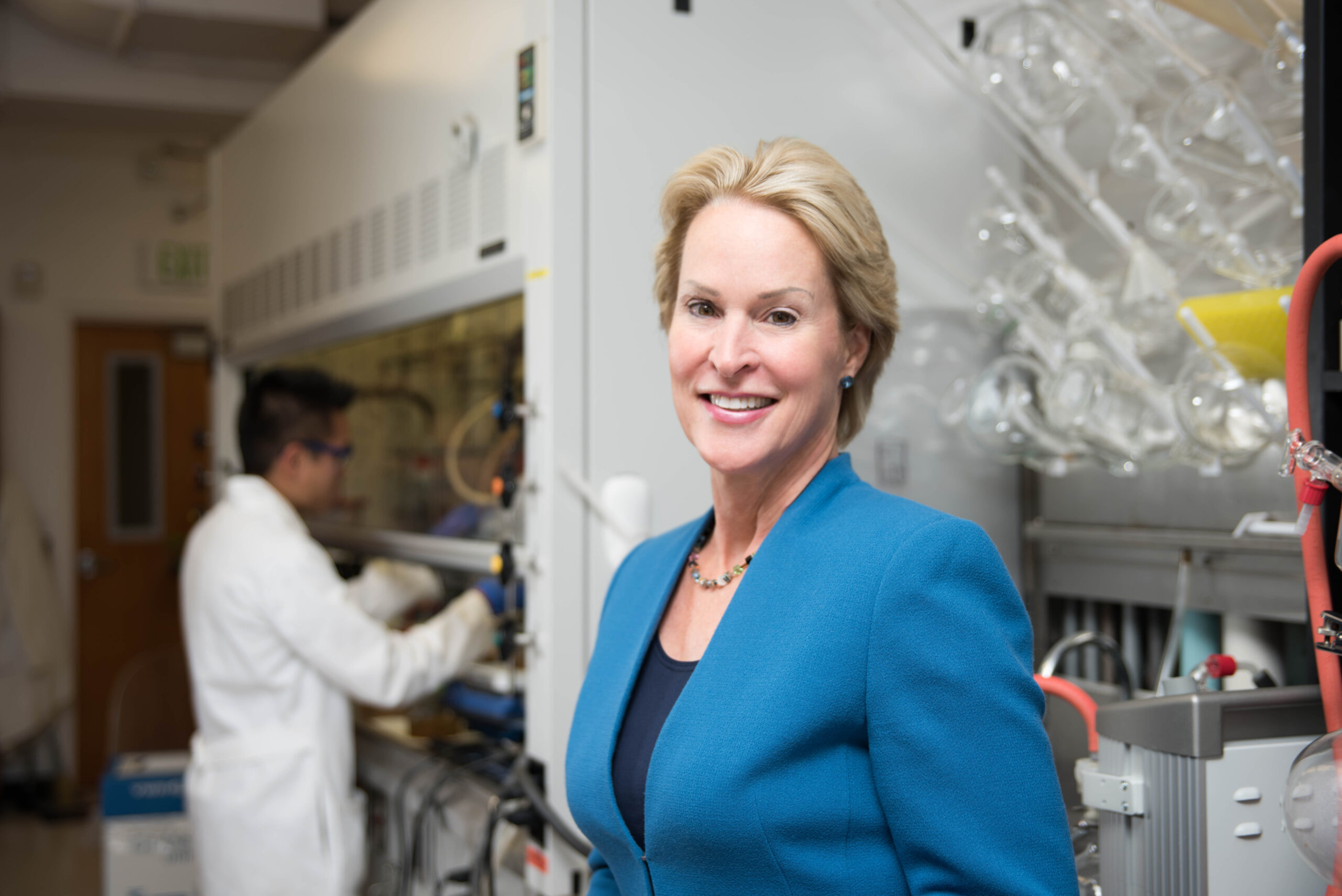Artificial Carbon Sinks Explained

Illustration: Sebastian Cestaro
Carbon dioxide (CO2) is an essential element of life. It is in the air we breathe and plants need it to photosynthesise and grow.
Too much CO2 in the air, however, can lead to global warming and even breathing difficulties for humans. That’s where natural carbon sinks, such as trees, oceans, rocks and soil, come in. They absorb CO2, often to feed or because they contain organisms that need CO2 to live, such as phytoplankton in the sea.
But with human activities on earth, including deforestation, the size and effectiveness of natural carbon sinks have significantly reduced. To try to make up for this, we need artificial carbon sinks.
So what are artificial carbon sinks and how do they work?
What is the carbon cycle?
To understand how carbon sinks work, we must understand the carbon cycle.
Since the Earth was formed, CO2 has been contained within the ground, plants, the oceans and the atmosphere. CO2 alternates its location between the atmosphere and the Earth in a constant loop. This is the carbon cycle.
But the carbon cycle is being upset by human actions. The billions of tonnes of carbon being released into the atmosphere by our homes, cars, agriculture and industry are more than the Earth’s natural carbon sinks can absorb. Too much CO2 stays in the atmosphere trapping heat and causing global warming.
What is an artificial carbon sink?
Just as natural carbon sinks – forests, oceans and the soil – absorb and store carbon, there are a growing number of artificial carbon-trapping technologies that efficiently capture carbon in large amounts and store it away for a long time.
Artificial carbon sinks are particularly important today because natural carbon sinks can’t absorb anywhere near all of the CO2 emissions from human activities. Man-made carbon sinks are now viewed by scientists as an essential part of solving climate change.
Direct Air Capture
Direct Air Capture (DAC) technologies extract CO2 straight from the atmosphere. The system works by drawing air into a large collector system, using a series of giant fans. This air is put through a series of chemical processes —to increase its concentration and purify it— ready for it to be reused or stored.
The air-captured carbon dioxide can be safely stored in underground rocks or pumped to the bottom of the sea where it forms “lakes”.
It can also be recycled and used as a raw material, in fuels, cement and plastics.
Direct Air Capture facilities can be placed in strategic locations like manufacturing or power plants. This allows them to remove CO2 as these plants produce it and take away previous emissions. Mobile direct air capture systems can also be used to collect CO2 emissions from the likes of planes, boats and trucks.
When deployed at large-enough-scale, DAC may help us remove more carbon dioxide from the atmosphere than society emits.
Companies including 1pointfive and Climeworks are leading the race in building the infrastructure needed for Direct Air Capture.
Carbon capture from industrial waste
CO2 can also be captured when it is produced as a by-product of the likes of cement works and biomass power stations. It is also removed in the production of natural gas.
This CO2, too, can be processed and used again or safely stored.
Carbon capture by helping nature

Another example of a man-made carbon sink is spraying artificial trees with special chemical compounds to help them absorb CO2.
Fertilising the surface of seas with iron also helps carbon capture by stimulating the growth of CO2-absorbing microorganisms. There are, however, concerns over how effective this method is and whether it could damage oceans’ ecological balance by creating too much phytoplankton, blocking out sunlight and taking nutrients from other creatures.
Uses for recycled CO2, now and in the future
Although CO2 causes climate change, the increasing amounts of ways it can be recycled and reused could have many environmental benefits.
It is already being used as a valuable material in the production of the likes of plastic, mattresses and sports floors.
Even more usefully, it can be a raw material in the making of graphene. Graphene is used to create screens for smartphones and other tech devices. Due to its strength, high conductivity, and extreme thinness, graphene may increasingly be used to create microprocessors and smart devices that are smaller but faster and more reliable. It can improve the capacity of batteries, too.
The 2022 Millennium Technology Prize will be announced and awarded in Finland on 25 October 2022. The 2022 Millennium Innovation Forum is on 25–26 October 2022.
Follow us on Facebook, LinkedIn, Twitter and Instagram for more information, updates and great content. Or sign up to our newsletter.
















